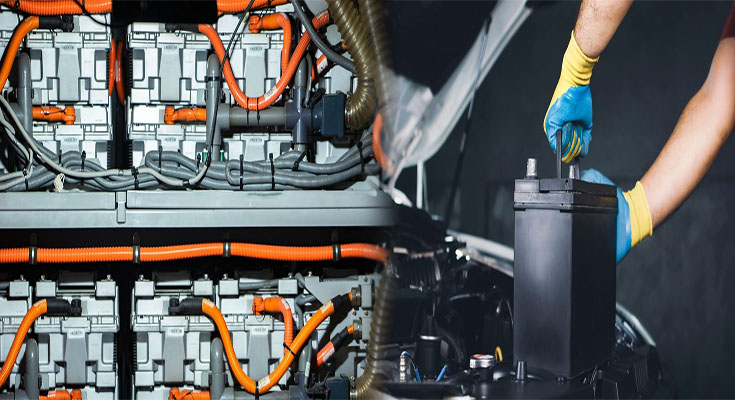
Advancements in Medical Imaging Algorithms for Diagnostic Accuracy
Medical imaging plays a crucial role in the diagnosis and treatment of various diseases and conditions. As technology continues to advance, so do the algorithms used in medical imaging, leading to significant improvements in diagnostic accuracy. In this article, we will explore the advancements in medical imaging algorithms that have revolutionized the field, allowing for more precise and reliable diagnoses.
1. Artificial Intelligence and Deep Learning
Artificial intelligence (AI) and deep learning have emerged as powerful tools in medical imaging. These algorithms can analyze vast amounts of imaging data and learn patterns to make accurate diagnoses. AI algorithms can recognize subtle abnormalities in medical images that may be missed by even the most experienced human radiologists. By continuously learning from new cases and updates, AI algorithms improve over time, leading to enhanced diagnostic accuracy.
2. Computer-Aided Detection and Diagnosis
Computer-aided detection (CAD) and diagnosis systems have become integral in medical …
Advancements in Medical Imaging Algorithms for Diagnostic Accuracy Read More

